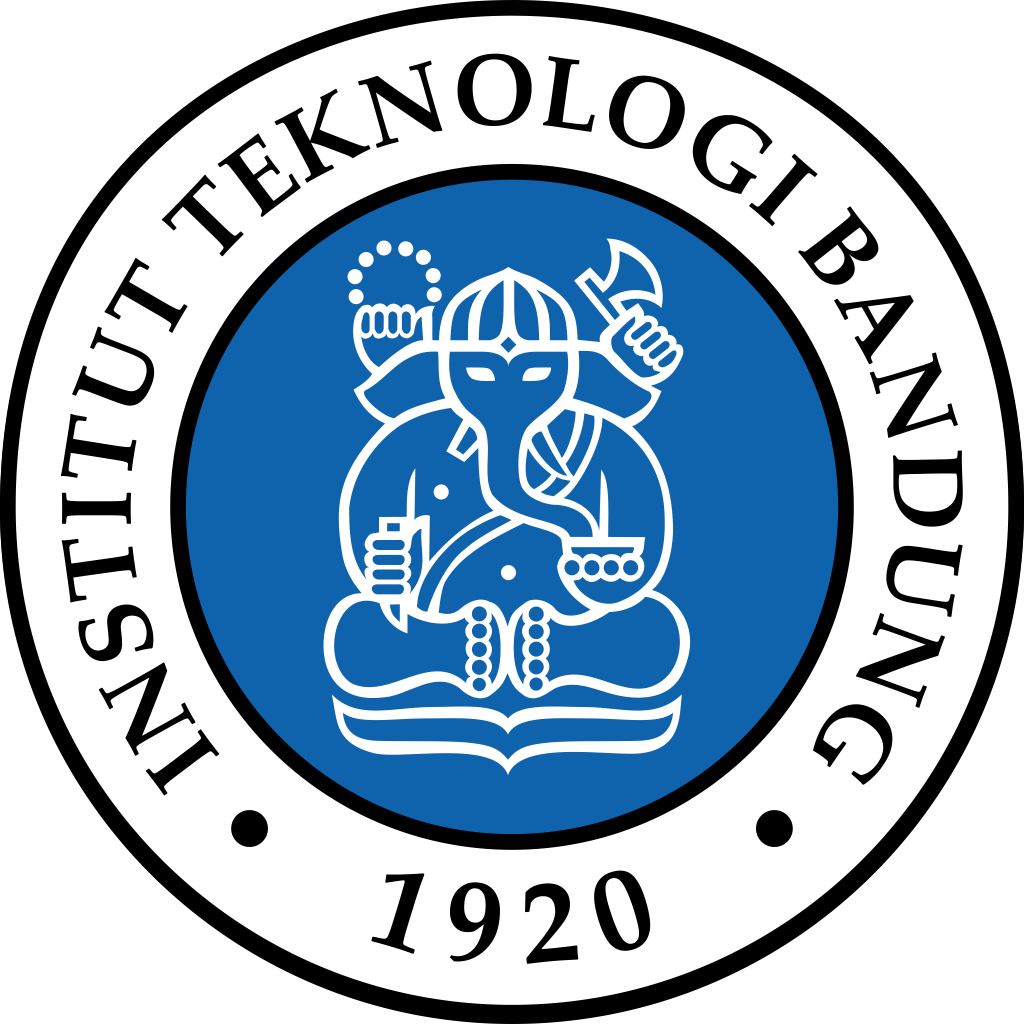Authors: Panagiotis Fragkosa, Heleen Laura van Soestb, Roberto Schaefferc, Luke Reedmand, Alexandre C. Köberlee, Nick Macalusof, Stavroula Evangelopouloug, Alessia De Vitag, Fu Shah, Chai Qiminh, Jiang Kejunh, Ritu Mathuri, Swapnil Shekhari, Retno Gumilang Dewij, Silva Herran Diegok, Ken Oshirok, Shinichiro Fujimorik, Chan Parkl, GokulIyern
The Paris Agreement invited Parties to develop low-emission development strategies. This study presents national low-emission scenarios to inform such strategies for Australia, Brazil, Canada, China, EU-28, India, Indonesia, Japan, Republic of Korea, Russia and the USA. We use country-level technology-rich energy-economy and integrated assessment models that include detailed representations of the energy, transport and land systems and provide insights on emissions, energy system and economic implications of low-emission pathways until 2050. We show that the low-emission pathways of most economies studied here are consistent with pathways limiting global temperature increase to well-below 2 °C, while emission reductions are achieved through uptake of renewable energy, energy efficiency improvements and electrification of energy services. The role of mitigation options like nuclear, carbon capture and storage (CCS) and advanced biofuels is differentiates across countries, depending on national priorities, specificities and resource endowments. The energy system transformation requires a pronounced reallocation of investments towards low-carbon technologies, but without raising significant affordability issues in most countries. National pathways improve the consistency between country policy plans with global temperature goals and capture structural heterogeneities and broad socio-economic considerations.
